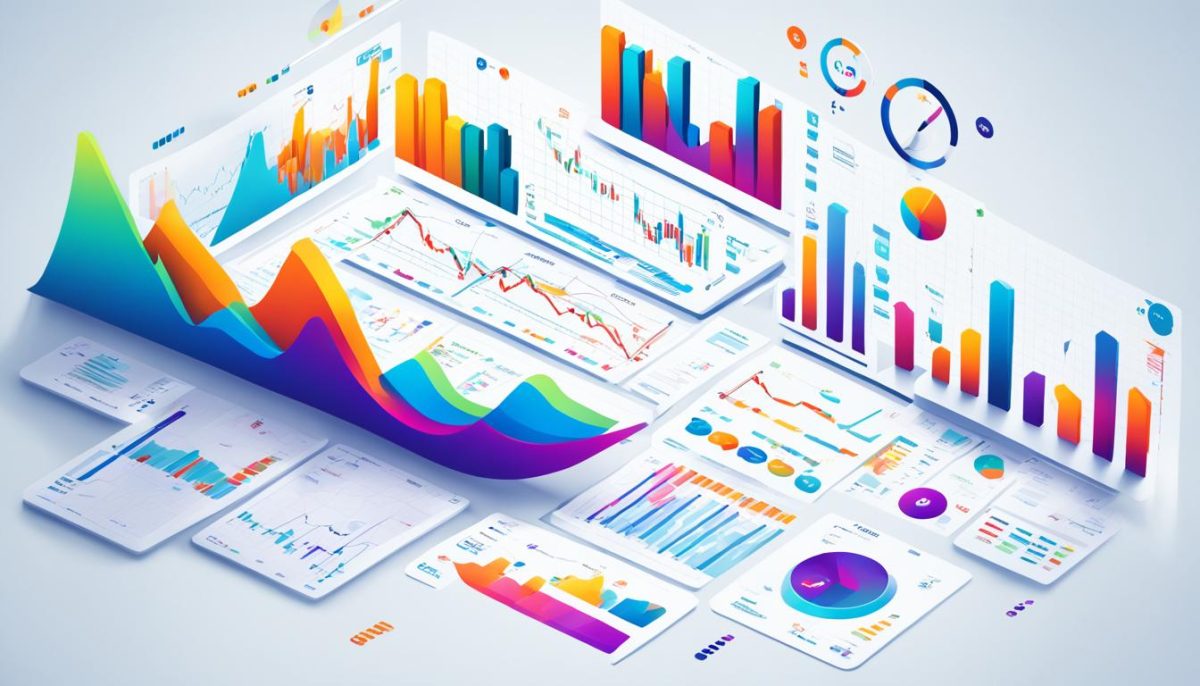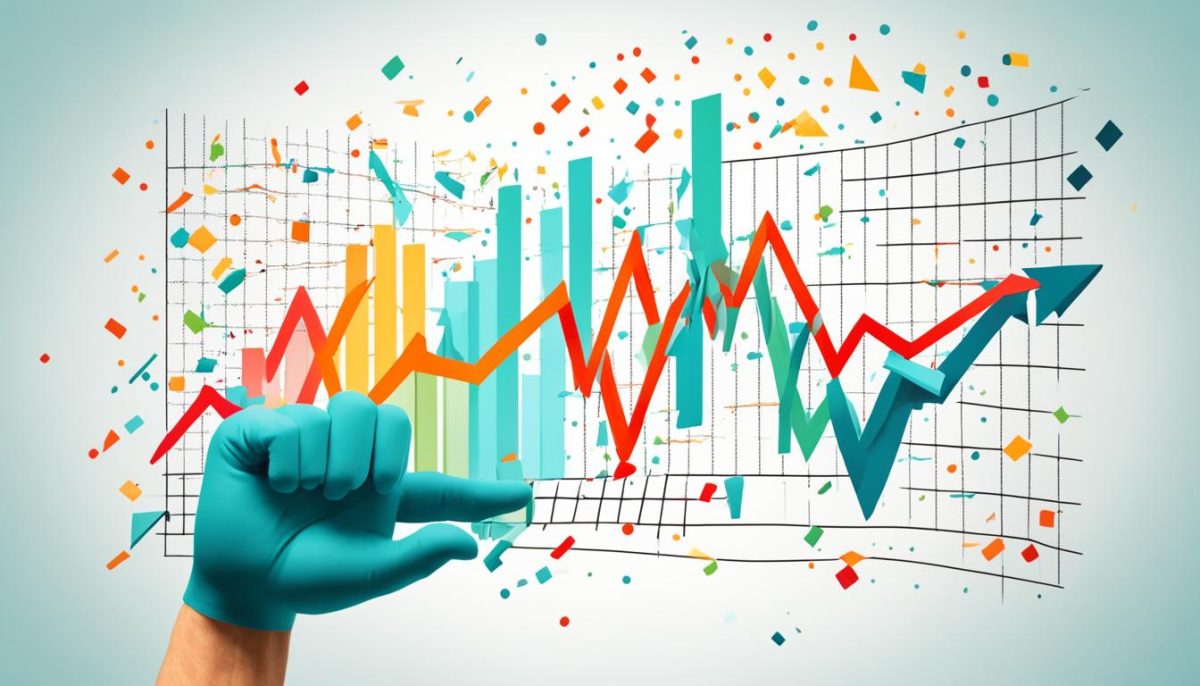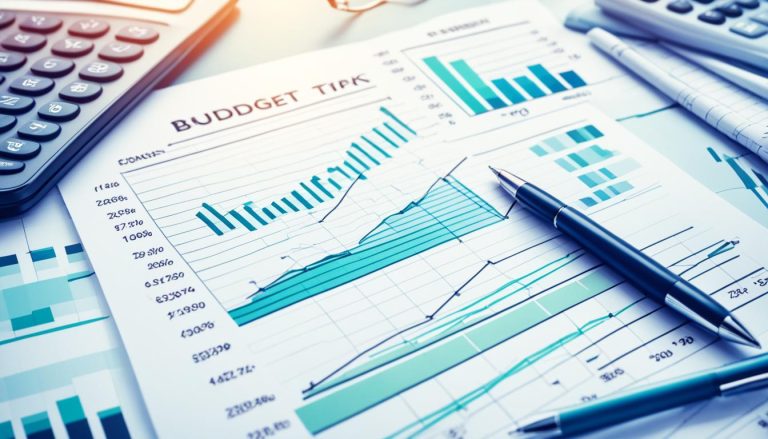Five Easy Steps To Develop A Professional Cfd Trading Strategy
Welcome to our guide on developing a professional CFD trading strategy! If you’re looking to optimize your CFD trading and achieve success in the market, you’ve come to the right place. In this article, we will provide you with five easy steps that will help you develop a solid strategy that can take your trading to the next level.
Before we dive into the specifics, let’s briefly explain what CFD trading is and its benefits. CFD, or Contract for Difference, is a popular trading instrument that allows traders to speculate on price movements of various financial assets without actually owning the underlying asset. This flexibility and leverage make CFD trading an attractive option for many traders.
The first step to developing a professional CFD trading strategy is setting clear trading goals and implementing proper risk management techniques. Without clear goals and effective risk management, trading can become a gamble rather than a strategic approach. We will walk you through the process of establishing realistic and achievable trading goals and implementing risk management strategies that suit your trading style.
Technical and fundamental analysis are essential tools for any successful trader. In the world of CFD trading, these analysis methods are used to identify potential entry and exit points, analyze trends, and make informed trading decisions. We will provide you with valuable tips on how to effectively apply technical and fundamental analysis in your CFD trading, improving your chances of success.
Now that you have a brief overview of what’s to come, let’s get started on developing your professional CFD trading strategy. Follow these five easy steps, and you’ll be well on your way to becoming a more confident and profitable trader.
Understanding CFD Trading and Its Benefits
Before diving into the development of a professional CFD trading strategy, it is crucial to have a solid understanding of CFD trading and the benefits it offers. In this section, we will provide an overview of CFD trading and explain its advantages over other forms of trading.
CFD trading, also known as Contract for Difference trading, is a popular derivative trading method that allows traders to speculate on the price movements of various financial instruments without owning the underlying assets. This flexibility makes CFD trading an attractive option for both experienced and novice traders alike.

One of the key benefits of CFD trading is the ability to leverage positions. With CFDs, traders can enter into larger positions using only a fraction of the total trade value as margin. This leverage amplifies potential profits, but it’s important to note that it also magnifies potential losses. Therefore, proper risk management is essential when engaging in CFD trading.
Another advantage of CFD trading is the ability to go long or short on an asset. This means that traders can profit from both rising and falling markets. In traditional trading, such as stocks, traders can only profit from the price increase of an asset. CFDs allow traders to benefit from both upward and downward price movements, expanding their profit potential.
Furthermore, CFD trading provides access to a wide range of markets and financial instruments. Traders can trade CFDs on various assets, including stocks, indices, commodities, currencies, and cryptocurrencies. This diversity allows traders to diversify their portfolios and take advantage of different market opportunities, ultimately enhancing their overall trading strategy.
In summary, CFD trading offers leveraged trading, the ability to profit from both rising and falling markets, and access to a wide range of assets. Understanding these benefits is essential for developing a successful CFD trading strategy.
Setting Trading Goals and Risk Management
Setting clear trading goals and implementing proper risk management strategies are crucial for any professional CFD trader. In order to achieve long-term success in the market, it is important to have a structured approach that aligns with your financial objectives.
Establishing Realistic and Achievable Trading Goals
One of the first steps in setting trading goals is defining what you hope to achieve through CFD trading. Your goals may vary based on factors such as your experience level, available capital, and risk appetite. It is essential to have clear and measurable objectives to guide your trading decisions.
- Identify your financial targets: Determine the monetary milestones you aim to reach, whether it’s a specific profit target or a desired annual return on investment.
- Consider your time horizon: Define the timeframe within which you wish to achieve your goals. This can help you select suitable trading strategies and investment instruments.
- Break down your goals: Divide your larger objectives into smaller, achievable targets. This will allow you to track your progress and stay motivated.
- Review and adapt: Regularly evaluate your goals and make adjustments as needed. As you gain experience and the market evolves, your objectives may need to be revised.
By setting realistic and achievable trading goals, you can maintain focus, stay on track, and measure your progress along the way.
Techniques for Effective Risk Management in CFD Trading
Risk management is a fundamental aspect of successful CFD trading. It involves implementing strategies to protect your capital and mitigate potential losses. Here are some techniques to consider:
- Position sizing: Determine the appropriate size of each trade based on your risk tolerance and account size. Avoid overexposure by setting sensible position limits.
- Stop-loss orders: Utilize stop-loss orders to automatically close a trade if it reaches a predetermined loss level. This helps limit potential losses and protects your capital.
- Diversification: Spread your investments across different financial instruments and markets to reduce the impact of any single trade or market event.
- Stay updated: Stay informed about market news and events that could impact your trades. Conduct thorough research and analysis to make well-informed decisions.

Implementing effective risk management techniques can help you preserve capital, minimize losses, and safeguard the longevity of your trading career.
| Benefits of Setting Trading Goals and Practicing Risk Management | Benefits of Effective Risk Management in CFD Trading |
|---|---|
| – Provides a clear roadmap for trading success | – Preserves capital and minimizes losses |
| – Motivates and keeps traders focused | – Reduces emotional decision-making |
| – Helps measure and track progress | – Enhances discipline and consistency |
| – Allows for regular goal evaluation and adaptation | – Protects against unforeseen market events |
Technical and Fundamental Analysis in CFD Trading
When it comes to developing a successful CFD trading strategy, two essential analysis methods come into play: technical analysis and fundamental analysis.
Technical analysis involves studying historical price charts and using various indicators to predict future price movements. Traders who rely on technical analysis analyze patterns, trends, and market momentum to make informed trading decisions. By examining market data, including past price levels and trading volume, technical analysts aim to identify patterns that can help them predict future price movements and develop precise entry and exit points for their trades.
Fundamental analysis focuses on analyzing external factors that influence the price of the underlying asset in CFD trading. This method involves examining economic indicators, financial statements, news releases, and industry trends. Fundamental analysts aim to determine the intrinsic value of an asset by evaluating factors such as company performance, market conditions, and macroeconomic indicators. By understanding the fundamental factors that drive an asset’s value, traders can make more informed trading decisions.
Integrating technical and fundamental analysis is crucial for developing a well-rounded CFD trading strategy. While technical analysis helps traders identify short-term price movements, fundamental analysis provides a broader perspective on the underlying asset’s value. By combining these two approaches, traders can gain a comprehensive understanding of the market and make more accurate predictions.







